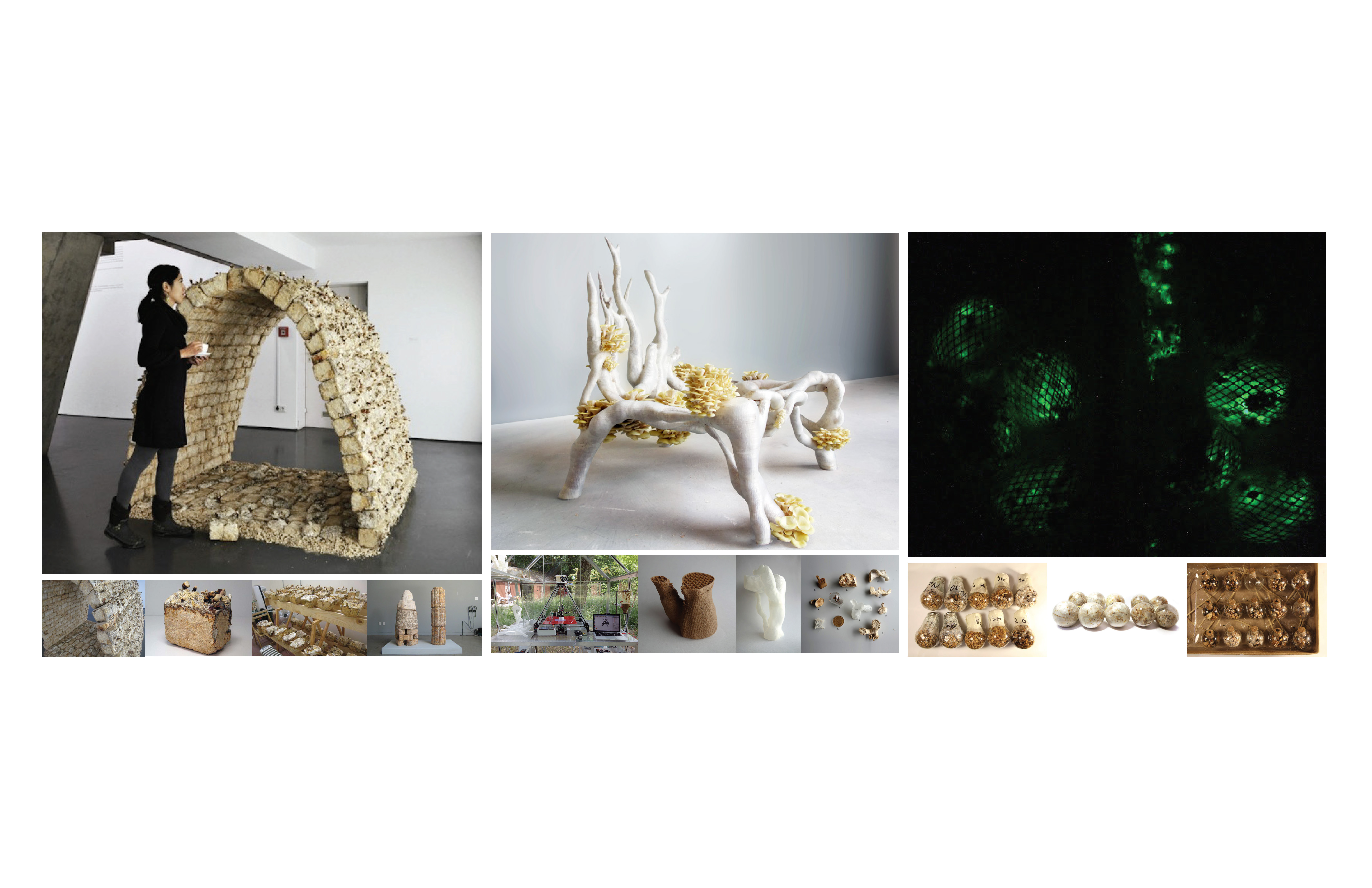Areas of Interest
Week 01: The Architectural Potentials of Biologically Grown Materials.
The global environment is at a critical point in which the methods and actions to reduce the planet’s degradation are highly necessary. The Green New Deal is a resolution that calls for the investment of policies and plans that play a significant role in the way people will relate to their physical environments. To achieve those goals, the plan calls for the launch of a “10-year mobilization” to reduce carbon emissions in the United States. Such a proposition has the potential to call for ideas that would inevitably affect the way we eat, the way we travel, the way design, and the way we live. The scale of this issue is immense, but when evaluated through an architectural lens, it highlights a valuable critique on the processes and methods of how we build and what we build with.
I am curious to investigate and research the architectural potentials of biologically grown materials, particularly with fungi and agricultural waste. Other industries have initiated research on how we could use this abundant planetary resource to produce everything from plastics, plant-based meat, scaffolding for growing organs, textiles, and much more yet to be discovered. Our own attempts to emulate nature's structure-building capacity has thus far depended on 20th-century technologies such as extrusion and heat extraction, processes that brutalize small molecules to create crude polymerized structures. The technology for using mycelium to assemble the things that we need already exists and is a realistic replacement as it has a relatively tiny carbon footprint and is biodegradable, in any case where it must be dismantled.
